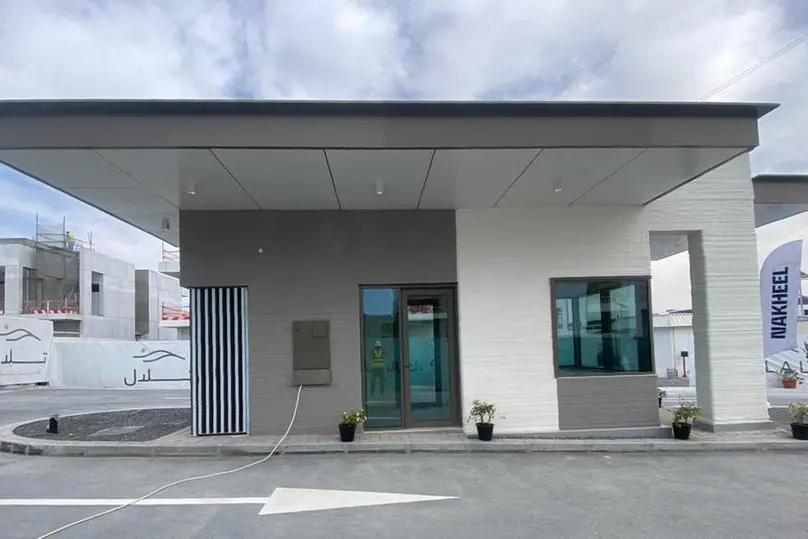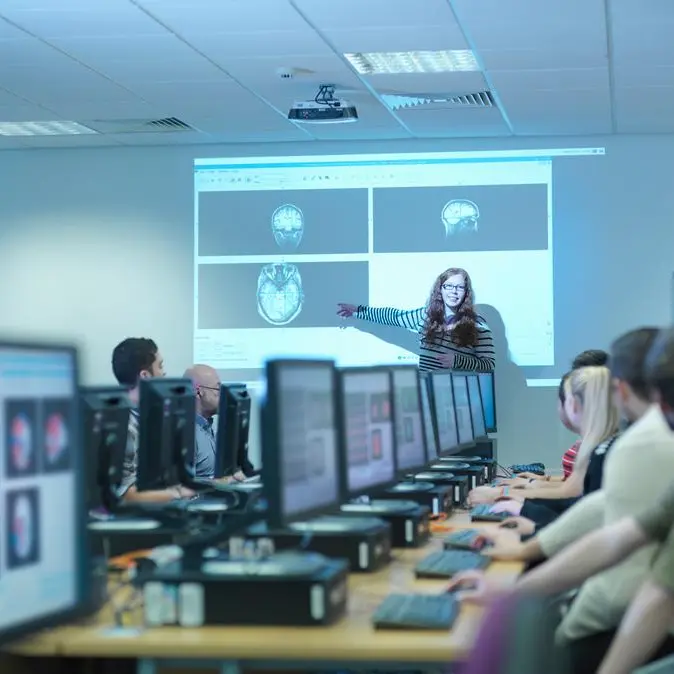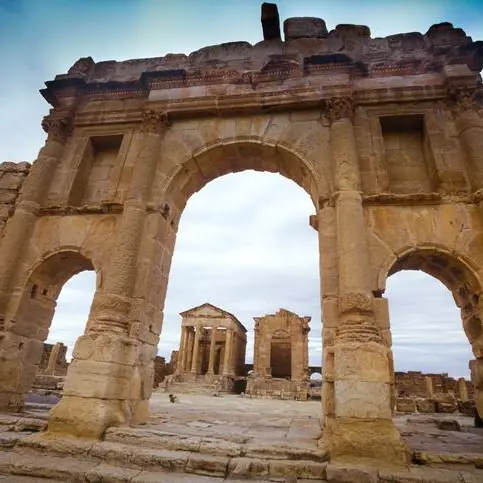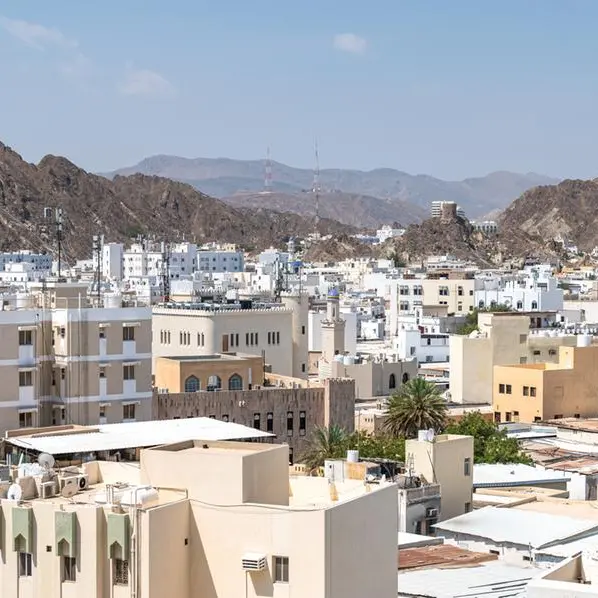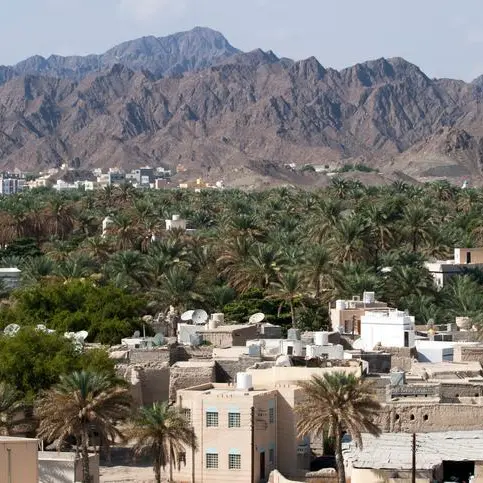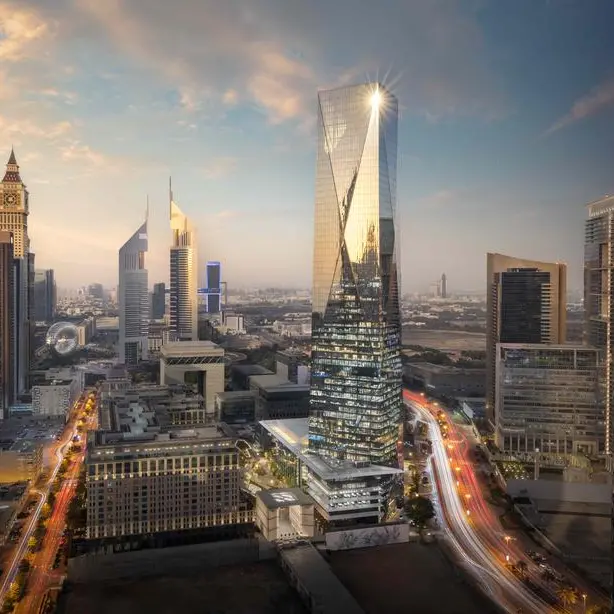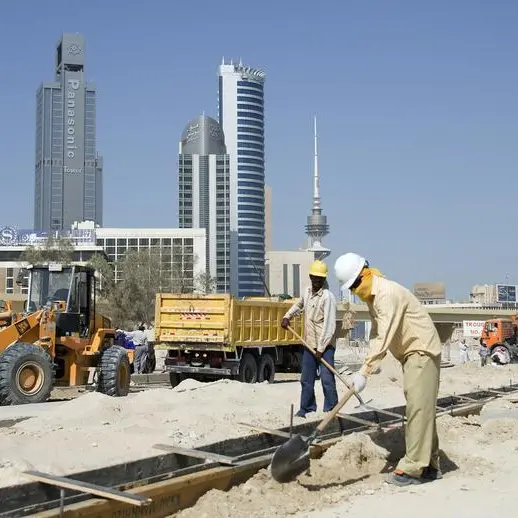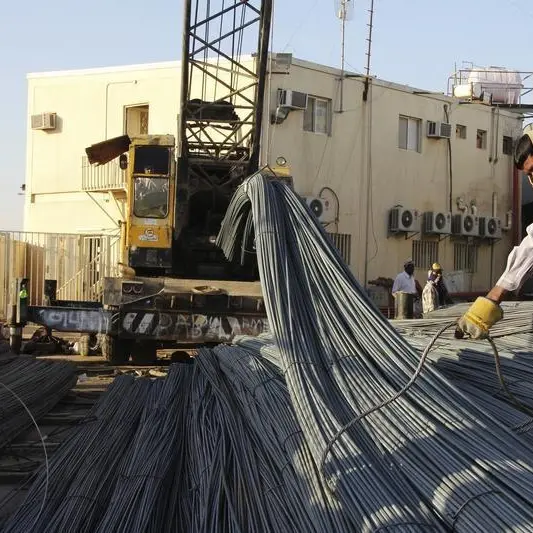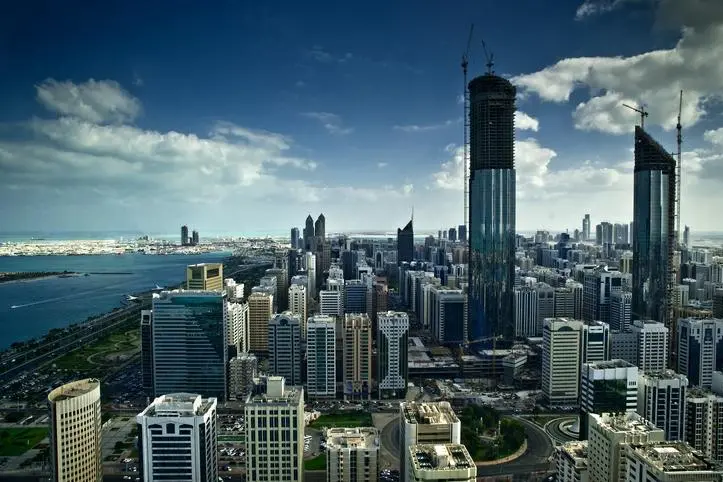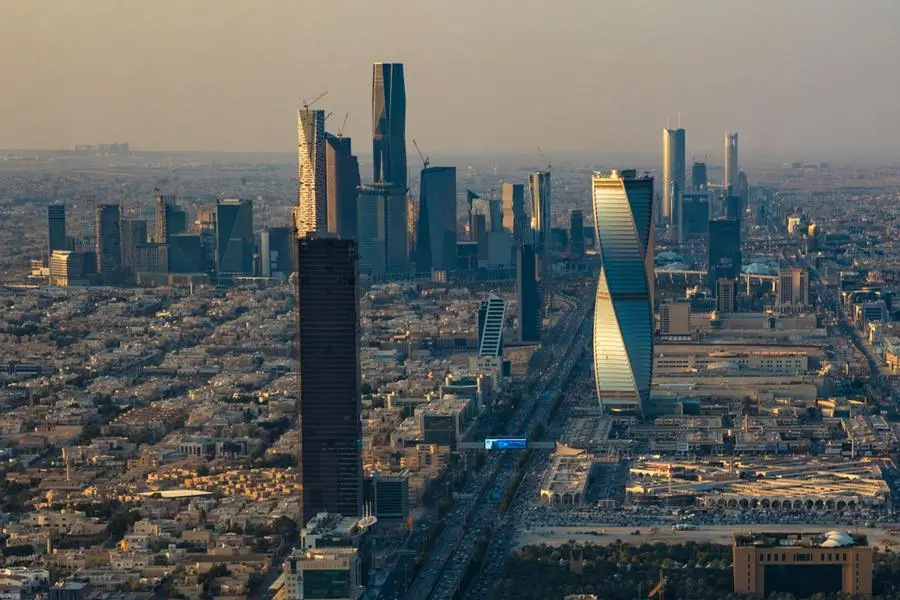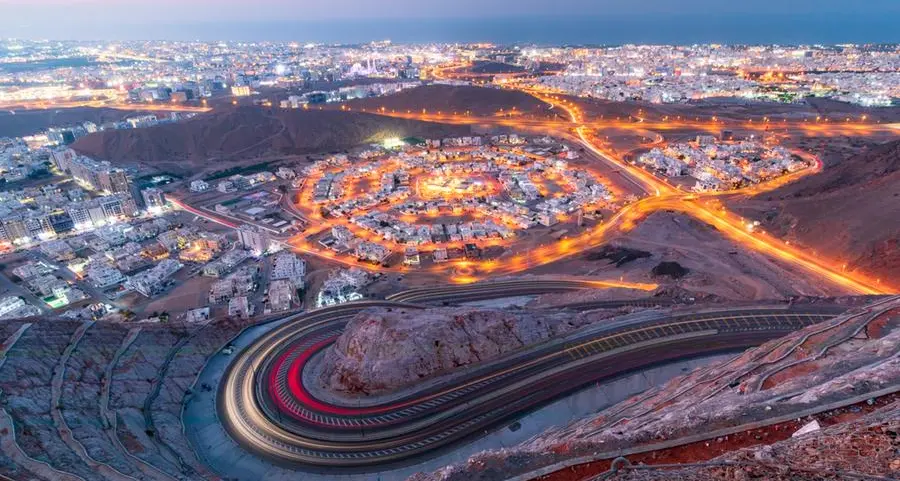PHOTO
The GateHouse project, located in Dubai's Tilal al-Furjan cottage village, is a testament to advanced construction technology, according to Nikolay Kudryashov, CEO of PrintStone 3D.
Commissioned by developer Nakheel and executed by PrintStone 3D under Ginco General Contracting and technical guidance from Arif & Bin Toak, the project broke new ground by 3D printing a building with an expansive canopy – a first of its kind globally.
"The project demanded precision in design and execution to ensure seamless integration without compromising functionality or aesthetics," said Kudryashov in an interview with Zawya Projects.
Designed as the control centre for the Tilal al-Furjan residential complex, the GateHouse consolidates a mix of communications, including CCTV cameras, internet connectivity, and utility meters. A key challenge was accommodating over 90 cables and pipes of varying functionalities and diameters within a confined space.
"The project team navigated these challenges by employing advanced design techniques and strategic planning to optimise space utilisation and ensure efficient routing of cables and pipes," he explained.
He pointed out that the engineering challenge presented by the canopy, nearly tripling the size of the building itself, demanded creative solutions.
PrintStone 3D received a completion certificate from Dubai Municipality for the project.
“3D constructing printing has the potential to revolutionise the construction industry in the region by enabling faster project delivery, greater design freedom, and improved cost efficiency while redefining architectural boundaries,” Kudryashov observed.
Excerpts from rest of the interview:
How did PrintStone 3D tackle the engineering challenges of creating the 'groundbreaking' canopy in the GateHouse project?
PrintStone 3D approached the engineering complexities of canopy construction with meticulous planning and innovative solutions. Creative solutions included using supporting columns as structures for mounting the steel frame of the canopy and 3D printing decorative beams off-site for installation atop the canopy. These measures ensured structural integrity and visual impact while pushing the boundaries of 3D construction printing technology.
Can you elaborate on how the project maintained a continuous workflow?
The project maintained a round-the-clock schedule, with 3D printing occurring at night to avoid exposing the fresh layers to direct sunlight exposure. This approach facilitated a seamless transition to the Mechanical, Electrical, and Plumbing (MEP) team during daylight hours, ensuring efficient coordination and workflow optimisation throughout the construction process.
What is your view of the current state of 3D printing technology in the region’s construction industry?
The adoption of 3D printing technology in the construction industry in the UAE and the Middle East is steadily growing, driven by its potential to revolutionise traditional construction methods. Key trends include using 3D printing for rapid prototyping, customised construction elements, and even entire buildings. The technology is increasingly embraced for its ability to reduce construction time, waste, and costs while enabling greater design freedom and architectural innovation.
Being exclusive dealers of AMT (Additive Manufacturing Technologies), one of the world leaders in providing 3D construction machinery, we are happy to bring advanced technology and equipment to this emerging region.
What are the key advantages and challenges associated with adopting 3D printing in construction projects in this region?
Key advantages of adopting 3D printing in construction projects in the UAE and the Middle East include increased construction speed, reduced material waste, cost savings, and enhanced design flexibility. However, challenges such as regulatory constraints, limited material options, scalability issues, and the need for skilled labour pose significant obstacles to widespread adoption.
How has the regulatory environment in the UAE and the Middle East adapted to accommodate the use of 3D printing in construction, particularly in terms of building codes and standards?
In the UAE, Dubai Municipality has been playing a pivotal role in driving the adoption of 3D construction printing.
The Municipality has actively engaged with industry stakeholders to develop and implement progressive building codes and standards tailored to the unique requirements of 3D construction printing projects. These efforts include establishing guidelines for material certification, structural integrity assessment, and construction quality control, ensuring compliance with safety, quality, and sustainability standards.
By fostering a supportive regulatory framework and encouraging collaboration between government agencies, research institutions, and private sector entities, Dubai Municipality has created an environment conducive to the responsible and sustainable adoption of 3DCP technology in construction projects across the region. This proactive approach facilitates innovation and technological advancement and reinforces Dubai's position as a global leader in construction and urban development.
How has the region's real estate sector embraced 3D construction printing?
The real estate sector in the UAE and the Middle East has shown increasing interest in leveraging 3D printing technology to enhance design flexibility, accelerate construction speed, and reduce overall costs. By integrating 3D printing into their projects, developers can streamline construction processes, optimise resource utilisation, and deliver innovative and sustainable real estate developments. The technology has the potential to revolutionise the construction industry in the region by enabling faster project delivery, greater design freedom, and improved cost efficiency.
(Reporting by Syed Ameen Kader; Editing by Anoop Menon)
Subscribe to our Projects' PULSE newsletter that brings you trustworthy news, updates and insights on project activities, developments, and partnerships across sectors in the Middle East and Africa.
